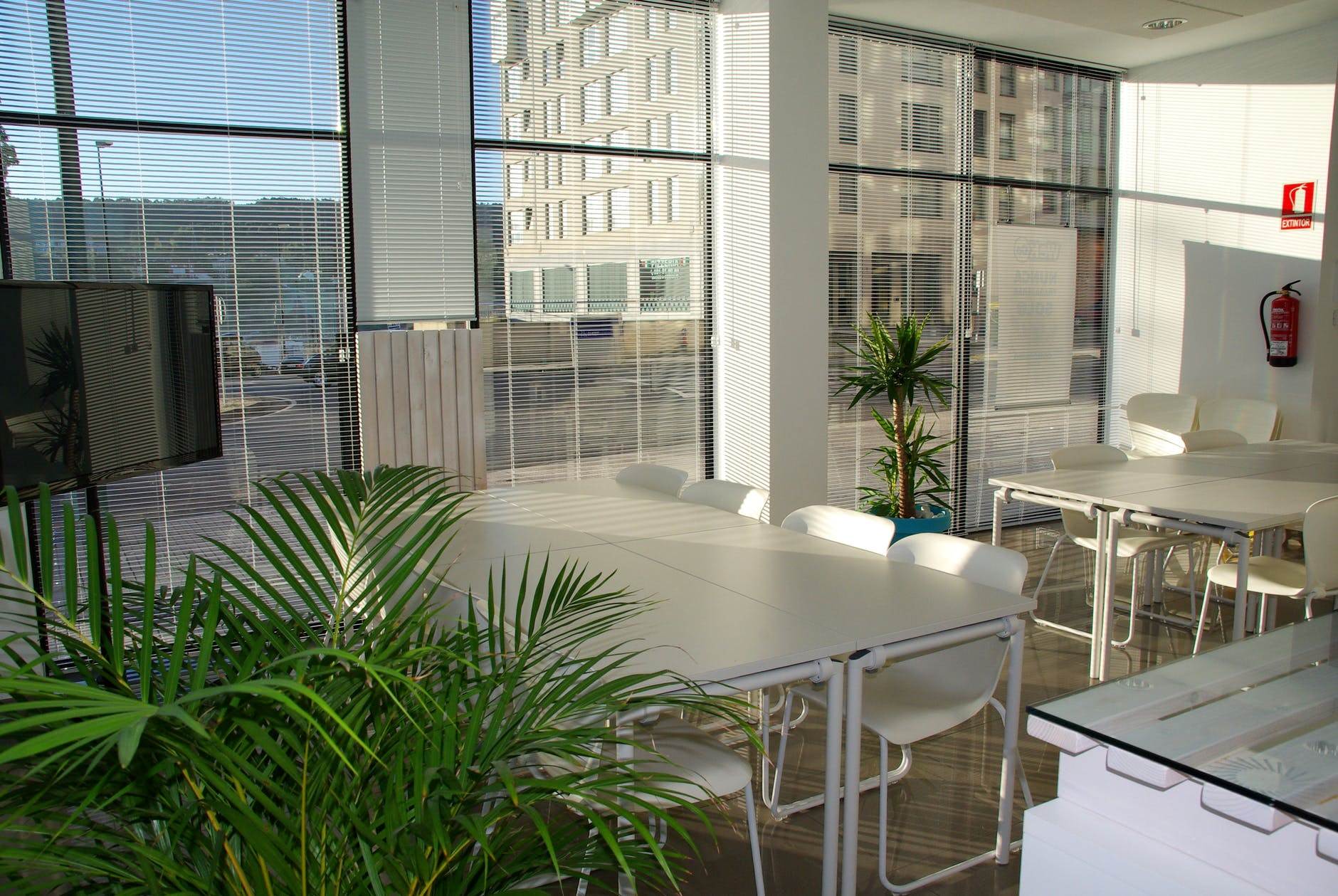
Reading Time: minutes
Businesses of all sizes are making investments and taking steps to ensure productivity in the workplace. Employees and managers may even attend management seminars to learn new productivity strategies while others may purchase software to improve employee effectiveness. Some offices opt to use Feng Shui to improve energy in the workplace or to encourage health and wellness. Access to natural light is one largely overlooked area, that if not addressed, can have a negative impact on employees attitudes, wellness, and productivity.
On some level, most understand the appeal of natural light. More employers are beginning to understand that natural light can be more than just a reward for the few but the vast majority of employees. It has real benefits that can manifest itself in higher productivity.
Importance of Daylight on Living Things
For plants, daylight provides for photosynthesis. Sunlight helps humans with the production of Vitamin D. More importantly, humans and animals use sunlight to maintain circadian rhythms, an important biological process that helps regulate our natural sleep cycles. When our circadian rhythms are disrupted, it can lead to potential health issues and the ability to function. According to Psychology Today, abnormal circadian rhythms can be linked to obesity, diabetes, depression and seasonal affective disorder (SAD).
Why is There a Lack of Natural Light in the Workplace?
The lack of natural light in the workplace is the result of a variety of factors. Older design and construction strategies initially minimized the benefits of natural light. In the 1980s, many believed that artificial light was better for workers than natural light. The wide use of electronic devices is also in part to blame as natural light can cause unwanted glare on screens.
The dated belief that windowless offices create a more focused environment is being reshaped to a much modern work philosophy. Architectural designers, engineers, and employers are working together to recognize the value of natural light. As a new office design trend, more workspaces are building to take advantage of the sunshine. But what about solutions for already existing workplaces that may be natural-light challenged?
Taking Advantage of Natural Light
Many workspaces may be limiting natural light intentionally through blinds, shades or curtains on existing windows. However, for offices with limited natural light exposure, there are larger challenges to overcome.
Adding window space may be an option, albeit a more expensive one. In some applications, skylights may even be a solution. Employers should balance the positive impact of natural light with any associated expenses involved in bringing it into the workplace.
Moreover, providing staff with access to a sunroom or outdoor patio area for breaks and lunches can help. Employees will be given more opportunity to spend time under natural light and enjoy other outdoor activities. The layout also matters so rearranging desks, lowering cubicle heights and creating meeting areas where windows are available can help.
Improving staff energy, morale, and productivity in the workplace does not have to cost a lot. Starting with the use of natural light, one can continue to turn to nature for inspiration.

